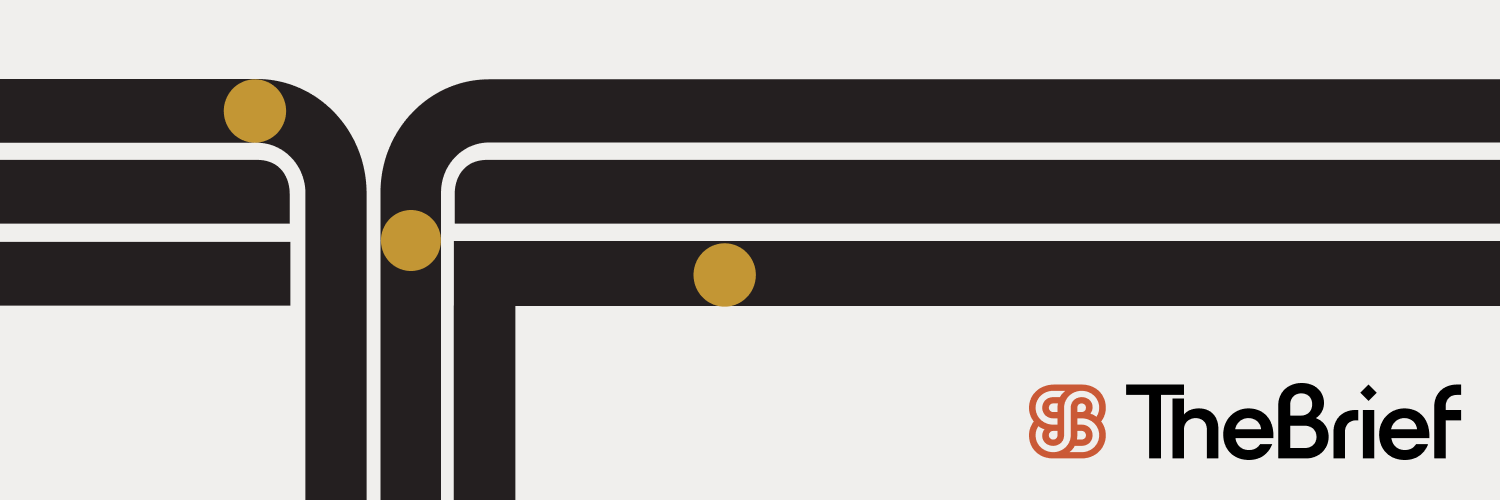Creatopy: Developer creatives welcome the new ‘courage multiplier’ era
This is a guest post for the Computer Weekly Developer Network written by Thibault Imbert in his capacity as chief product & growth officer at Creatopy.
Creatopy is known for its AI-driven creative automation platform that helps users create, personalise, scale and “serve” advertisements in ad production and delivery processes.
Imbert writes in full as follows…
We’re standing at a crossroads in creative work. For decades, a chasm has existed between having a brilliant idea and successfully bringing it to life. This gap, which I call the “translation layer”, is the no-man’s land where great concepts get diluted, compromised and lose their spark as they crawl through handoffs, tools and technical walls.
A developer challenge
This isn’t just a marketing problem (my world) but a universal challenge for software developers, engineers (of all kinds, including software engineers), designers and anyone who’s ever had an idea too big for their skills and the tools in their hands.
Think about it: you’ve got a crystal-clear vision for a new app feature. In your head, it’s perfect. But to ship it, you’ve got to grind it into a project brief, a design mock, technical specs and finally code. At every step, something slips through the cracks. The subtle interaction you imagined? Gone. The exact feeling you wanted the user to have? Filtered out by skills gaps, frameworks, tools, deadlines and so on… Your imagination is clear, but stuck behind execution barriers that feel like handcuffs.
AI is tearing down that layer.
With systems that understand natural language, visuals and context, we can finally talk to machines in our own natural language. You don’t have to spell out a 20-page functional spec anymore; you can sketch, describe, or even say how you want something to feel with reference images as vibes.
What is more, AI doesn’t only interpret, it executes, instantly. That’s the breakthrough, collapsing thought and execution into a single, fluid motion. Creativity, instantly.
Creative autonomy
Previously, the people who could execute weren’t necessarily the people with the best ideas, but technical barriers created a homogeneity problem that locked out diverse voices from the creative process. Now, anyone can contribute to and participate in marketing creation, bringing genuine creative autonomy to the masses.

Imbert: Tap into the new cornerstones that define creative competitive advantage across the new courage multiplier landscape.
This is about more than inclusion; it’s about accessing untapped creative potential.
Good ideas come from everywhere, but previously, those ideas were trapped in people who lacked the technical skills to execute them. When you remove those barriers, you don’t just get more people doing marketing; you get more diverse thinking, more novel approaches and potentially entirely new categories of marketing that we haven’t seen before.
The courage multiplier effect
This shift isn’t just technical, it’s psychological. In the old world, bold ideas died young. A wild architectural concept? Too expensive to prototype. A radical UX flow? Too risky to test. The cost of being wrong – developer time, compute cycles, budget – was just too high. That “premature practicality filter” killed countless sparks before they could become fire.
But when execution becomes almost free, risk evaporates.
Suddenly, you can afford to be bold. That’s what I call the courage multiplier. You don’t need to nail it on the first try anymore. You can spin up dozens of variations, run experiments, throw things at the wall without burning through months of resources. A failed build isn’t a dead end, it’s a data point. That mental shift changes everything. It creates a faster, braver loop between idea, output and iteration. Innovation finally moves at the speed of thought.
Here’s the paradox: as AI makes execution easy, it makes originality harder. When anyone can generate clean code, polished UIs, or solid database schemas, technical skill stops being the edge.
What are the new competitive advantage cornerstones then?
- Taste.
- Judgment.
- Vision.
The stuff machines can’t fake.
The winners in this new era aren’t the ones who can crank out the most boilerplate code. They’re the ones with the sharpest intuition for what feels elegant, what’s intuitive, what’s truly valuable.
AI has created a new meritocracy, one of taste. It’s no longer “Can you build it?” It’s “Should it be built? … and if so, how should it feel?” That’s the new game. Developers, product people, creatives, we’re not just implementers anymore. We’re becoming creative directors, orchestrating AI to bring our boldest ideas to life.
In this world, execution is no longer the bottleneck. Creativity is. Which means the only real currency left is imagination.




